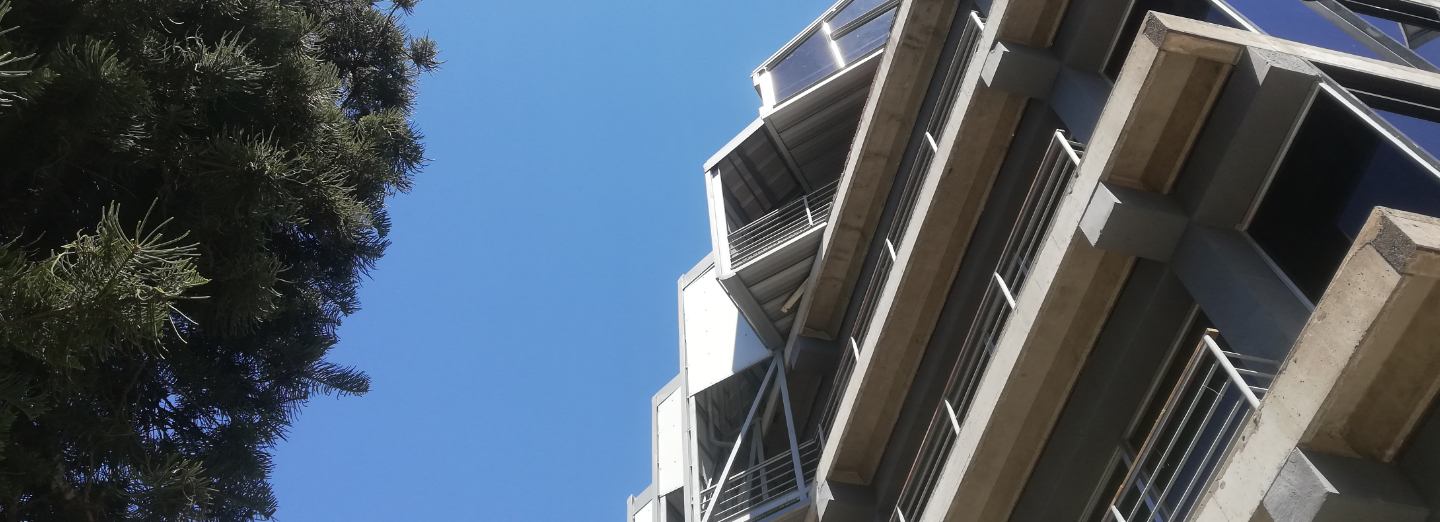LUZ-TROPICAL: KIT DE CONCEPTOS Y HERRAMIENTAS PARA DISEÑAR CON LUZ NATURAL
El diseño con luz natural en la
arquitectura tropical requiere una comprensión profunda de la
geometría solar y su impacto en los espacios y en las personas. Sin
embargo, los métodos tradicionales de enseñanza han limitado este
aprendizaje, dejando de lado herramientas claves para analizar la
relación entre la luz, el clima, el entorno construido y el
bienestar humano. El trópico ofrece condiciones únicas para el
diseño con luz natural: la abundante radiación solar durante todo
el año no solo requiere estrategias de control térmico y visual,
sino que también brinda la oportunidad de aprovechar sus beneficios
para la salud. Una exposición equilibrada a la luz natural influye
en los ritmos circadianos, el confort y la calidad de los espacios,
promoviendo entornos más saludables y sostenibles. Este “Kit”
surge como respuesta a esta necesidad, ofreciendo un recurso
didáctico que organiza conceptos y herramientas en tres categorías
para facilitar su exploración:
Personas: explora la relación
entre la luz natural y quienes habitan un espacio. Se enfoca en
cómo la luz influye en la percepción, el confort y la salud,
incluidos los ritmos circadianos. Examina cómo la calidad y
cantidad de luz afectan la experiencia cotidiana.
Sol y clima: se centra en los
factores climáticos y geográficos que determinan el comportamiento
de la luz natural en un entorno. Considera cómo la latitud, la
altitud y la orientación solar influyen en la calidad y
distribución de la luz a lo largo del día y las estaciones.
Ambiente construido: agrupa
parámetros y criterios que guían el uso de la luz natural en la
arquitectura, desde métricas de iluminación hasta normativas y
estándares de diseño.
Esta plataforma busca fortalecer la formación de estudiantes de
arquitectura mediante herramientas prácticas que permitan diseñar
espacios confortables, saludables, eficientes y adaptados a las
condiciones del trópico.
Designing with natural light in tropical architecture requires a deep understanding of solar geometry and its impact on both spaces and people. However, traditional teaching methods have limited this learning, often overlooking key tools for analyzing the relationship between light, climate, the built environment, and human well-being. The tropics offer unique conditions for daylight design: abundant solar radiation throughout the year not only requires strategies for thermal and visual control but also provides an opportunity to harness its benefits for health. A balanced exposure to natural light influences circadian rhythms, comfort, and spatial quality, fostering healthier and more sustainable environments. This kit responds to this need by offering an educational resource that organizes concepts and tools into three categories to facilitate exploration:
People: explores the relationship between natural light and those who inhabit a space. It focuses on how light influences perception, comfort, and health, including circadian rhythms. It examines how light quality and quantity shape everyday experiences.
Sun and Climate: focuses on the role of the sun and environmental factors in shaping natural light conditions. It considers how latitude, altitude, and solar orientation affect light quality and distribution throughout the day and seasons.
Built
Environment: presents the
parameters and criteria that guide the use of natural light in
architecture, from lighting metrics to regulations and design
standards.
This platform aims to strengthen architectural education by
providing practical tools that enable the design of comfortable,
healthy, efficient spaces adapted to tropical
conditions.
